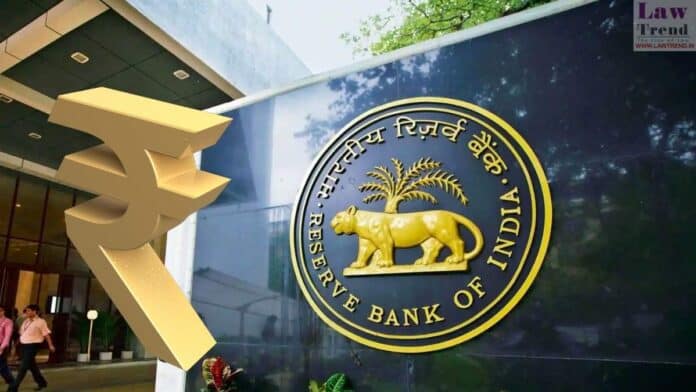The Reserve Bank of India on Wednesday told the Bombay High Court while it acknowledges the concerns of visually impaired persons regarding identification of currencies, introducing new banknotes was a monumental task that is time-consuming and also entails heavy expenditure.
The RBI, in an affidavit filed in the HC, maintained the process of introducing a new series of banknotes is an “extremely complicated and time-consuming process” extending over a period of six to seven years.
The affidavit was filed in response to a petition by the National Association of the Blind (NAB), claiming new currency notes and coins issued by the central bank posed difficulty for visually-impaired people in identifying and distinguishing them.
The matter is being heard by a division bench headed by Acting Chief Justice Nitin Jamdar.
The affidavit said the process adopted before introducing new series of banknotes involves multiple considerations, including incorporation of visually impaired-friendly features, security, and design features to make them counterfeit deterrent.
“The RBI is aware of and acknowledges the concerns of the visually impaired persons regarding identification of banknotes. The work on the next series of banknotes has been underway since 2017,” it said.
“Introducing a new series of banknotes is a monumental task. This has to be thought through carefully because having multiple series of banknotes of different sizes and features of the same denomination would cause more confusion than resolve the problem,” the affidavit noted.
The central bank pointed out that the expenditure that would be incurred in introducing a new series of currencies would be high.
The affidavit said the annual expenditure towards security printing was pegged at Rs 4,682 crore.
“This annual amount was not for introducing a new series but merely for printing notes to replace old, soiled, damaged notes and to meet the incremental demand of banknotes,” it said.
The cost of introducing a new series of banknotes will be much higher and will include expenditure towards adaptation of paper production, printing machines and the entire currency dispensation and processing eco-system to any proposed changes, the document said.
The RBI urged the HC to dismiss the NAB’s petition with cost claiming it has taken all necessary steps in studying the grievance highlighted in the plea and was examining the matter with due seriousness.
On Wednesday, NAB advocate Uday Warunjikar sought the court to not dispose of the plea and said the RBI has not made a positive statement in its affidavit.
RBI counsel Venkatesh Dhond said the petitioner has a unipolar thought but the central bank has to consider several points.
Dhond sought further time from the HC for the banking regulator to consider the issue.
The division bench headed by Acting Chief Justice Jamdar then posted the matter for further hearing after 12 weeks.
The RBI affidavit pointed out that central banks across the world generally change the design of banknotes and introduce new security features once in a decade primarily to make counterfeiting difficult.
The RBI also follows the same policy but the periodicity is not fixed and is dependent upon several factors such as number and quality of counterfeit notes detected, existence of other perceived threats to the security of the national currency and changes in national policies, it said.
The affidavit maintained the last time a series of banknotes were introduced was in 2016 and this was preceded by an elaborate process of consultation among various stakeholders.
“This process included the constitution of a design committee in 2010 comprising field experts to make recommendations on the design/size of the new series of banknotes, including making them sensitive to the requirements of the differently abled persons,” it said.
Also Read
“Considering the needs of the visually impaired persons, features such as intaglio, identification marks, bleed lines and so on have been included in the banknotes in addition to the difference in size of various denominations though the same were reduced from the earlier series to make them aligned with international norms and to make them more wallet friendly,” the RBI said.
The process also involves taking feedback from representatives of two national-level associations of visually impaired and to “the extent feasible, their concerns will be factored in the next series of banknotes”, said the affidavit.




